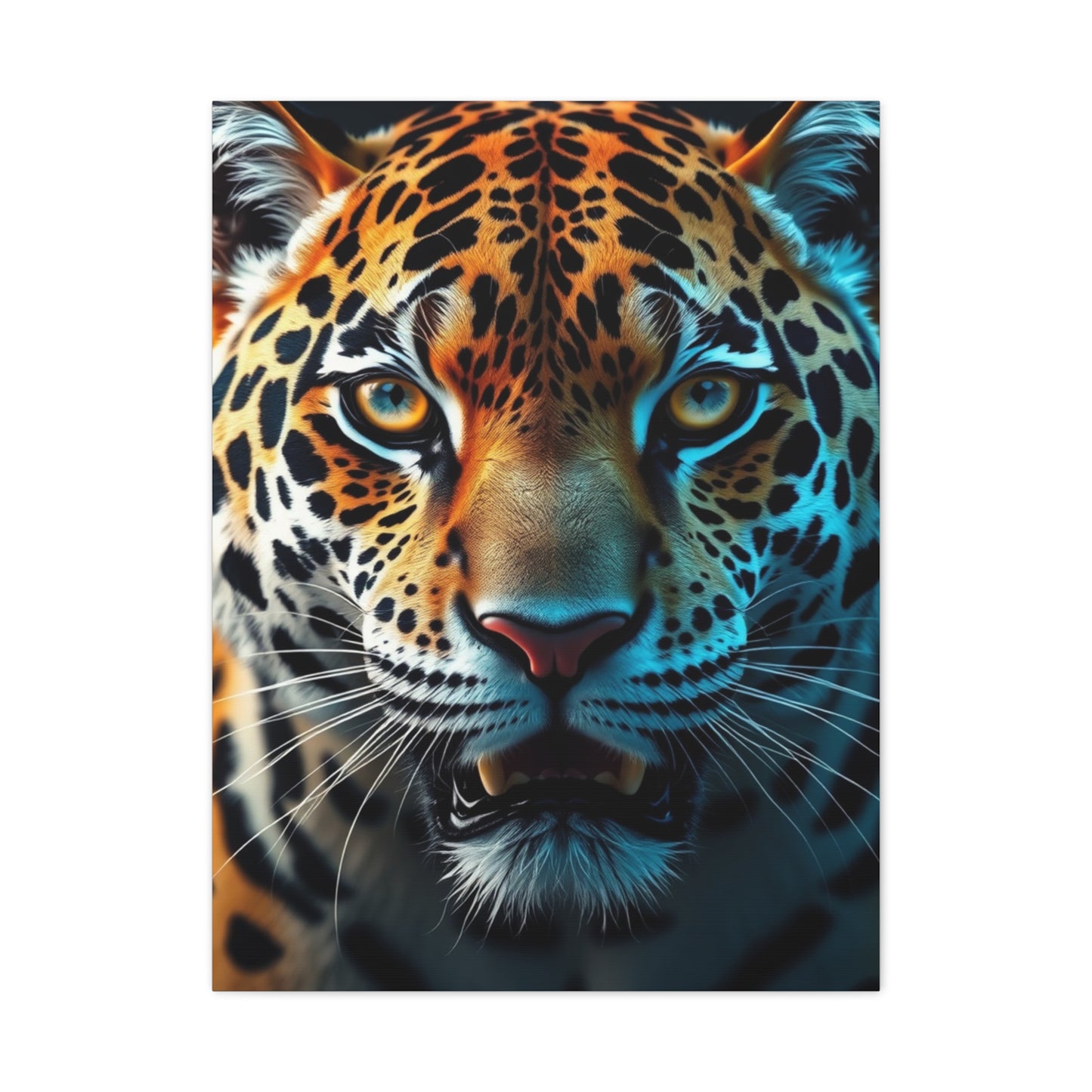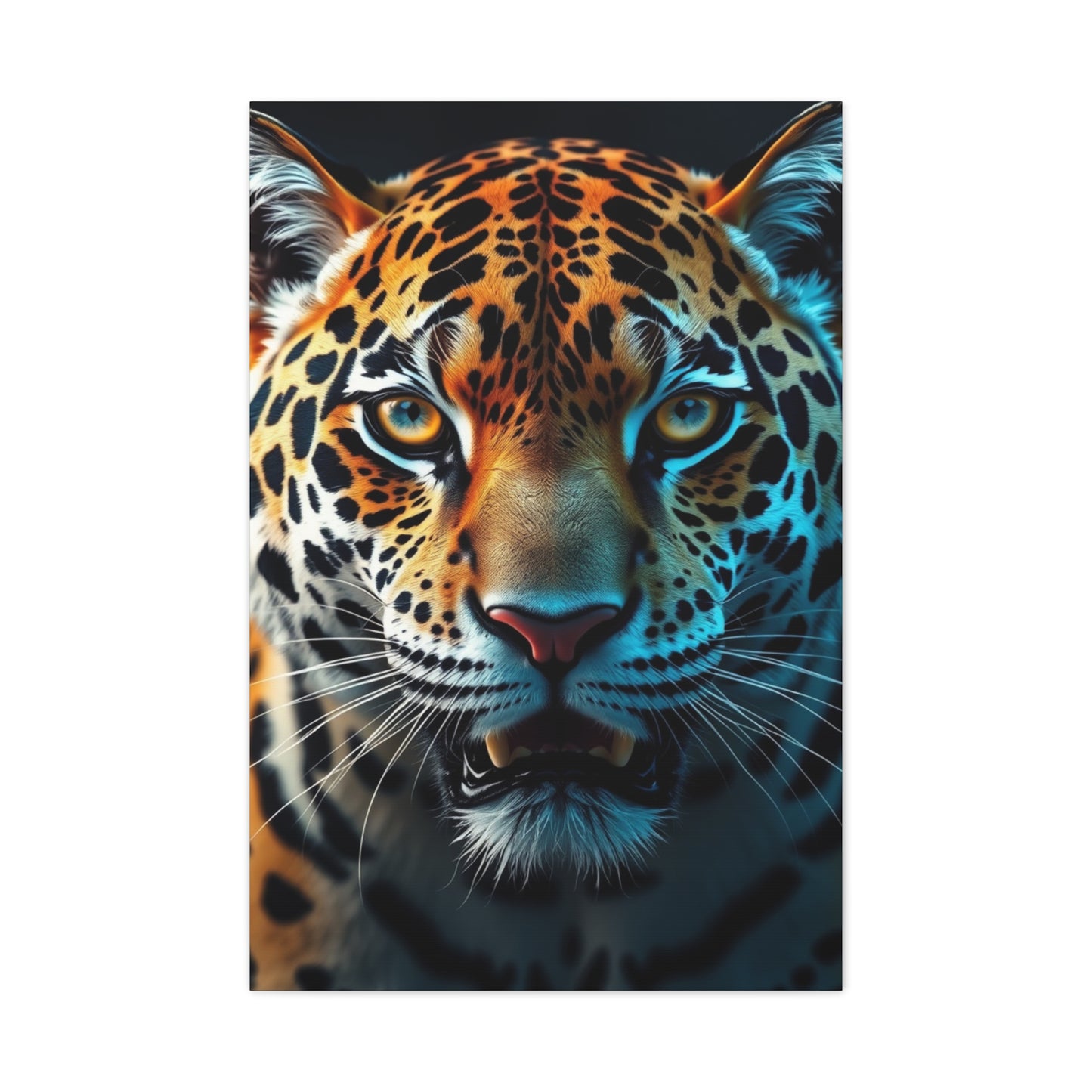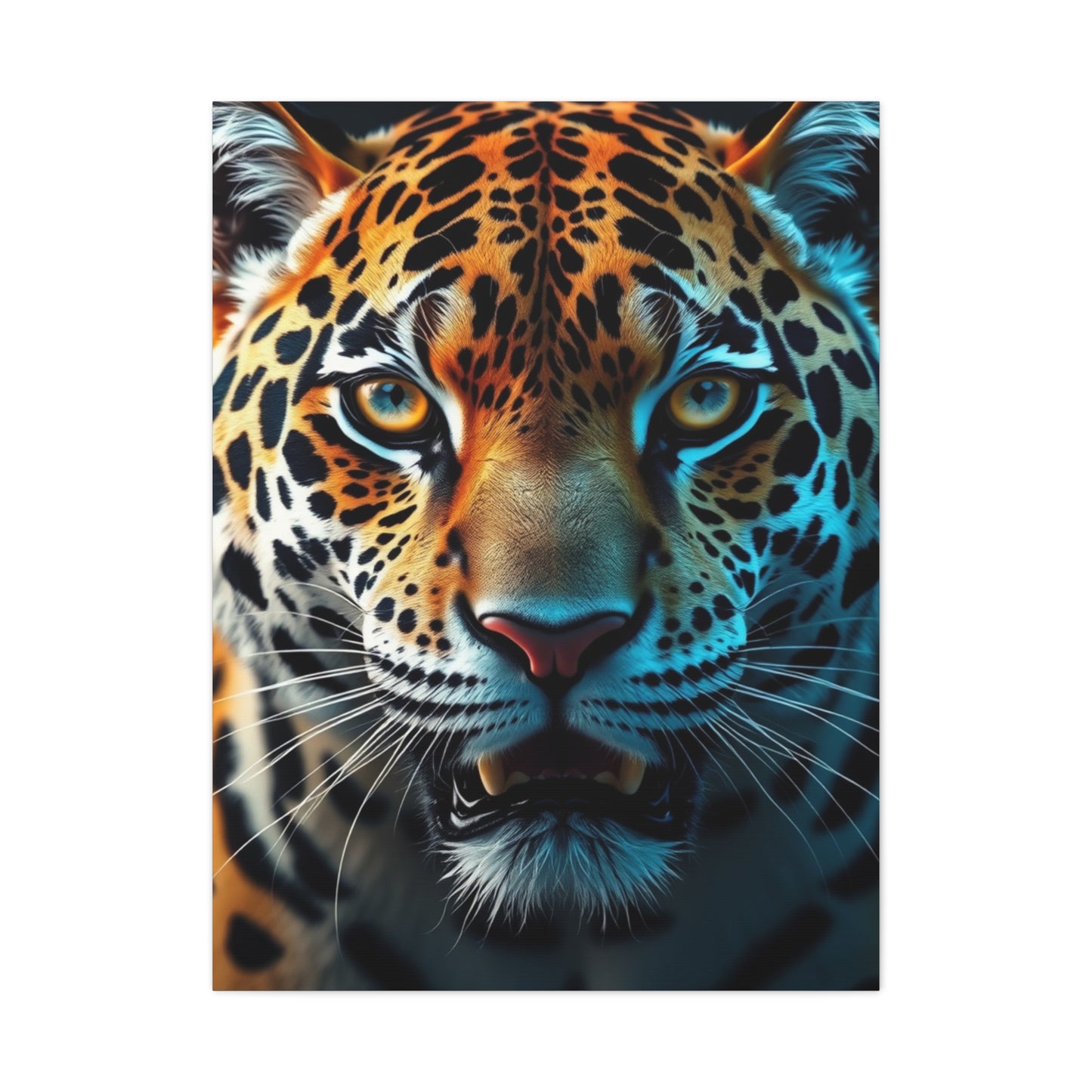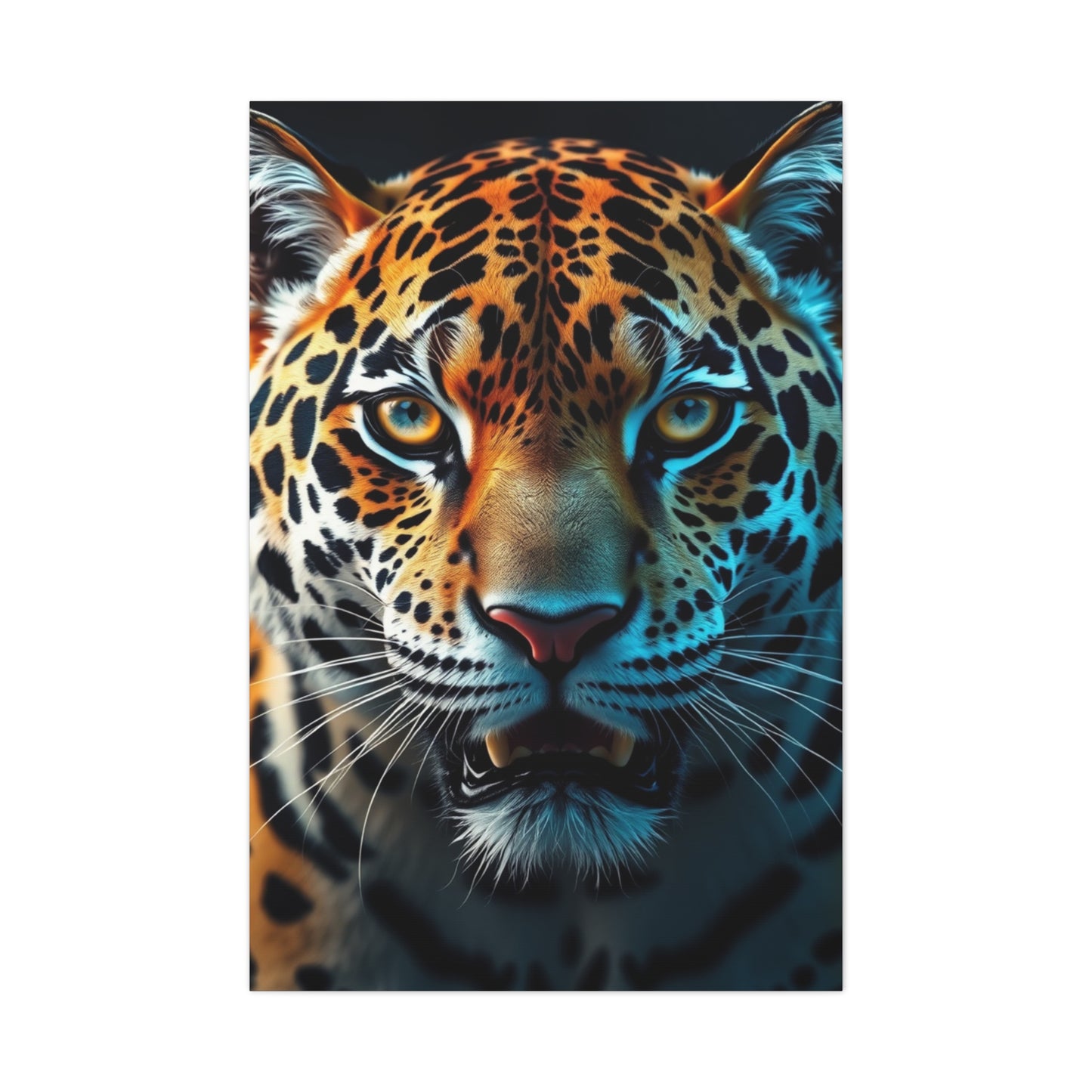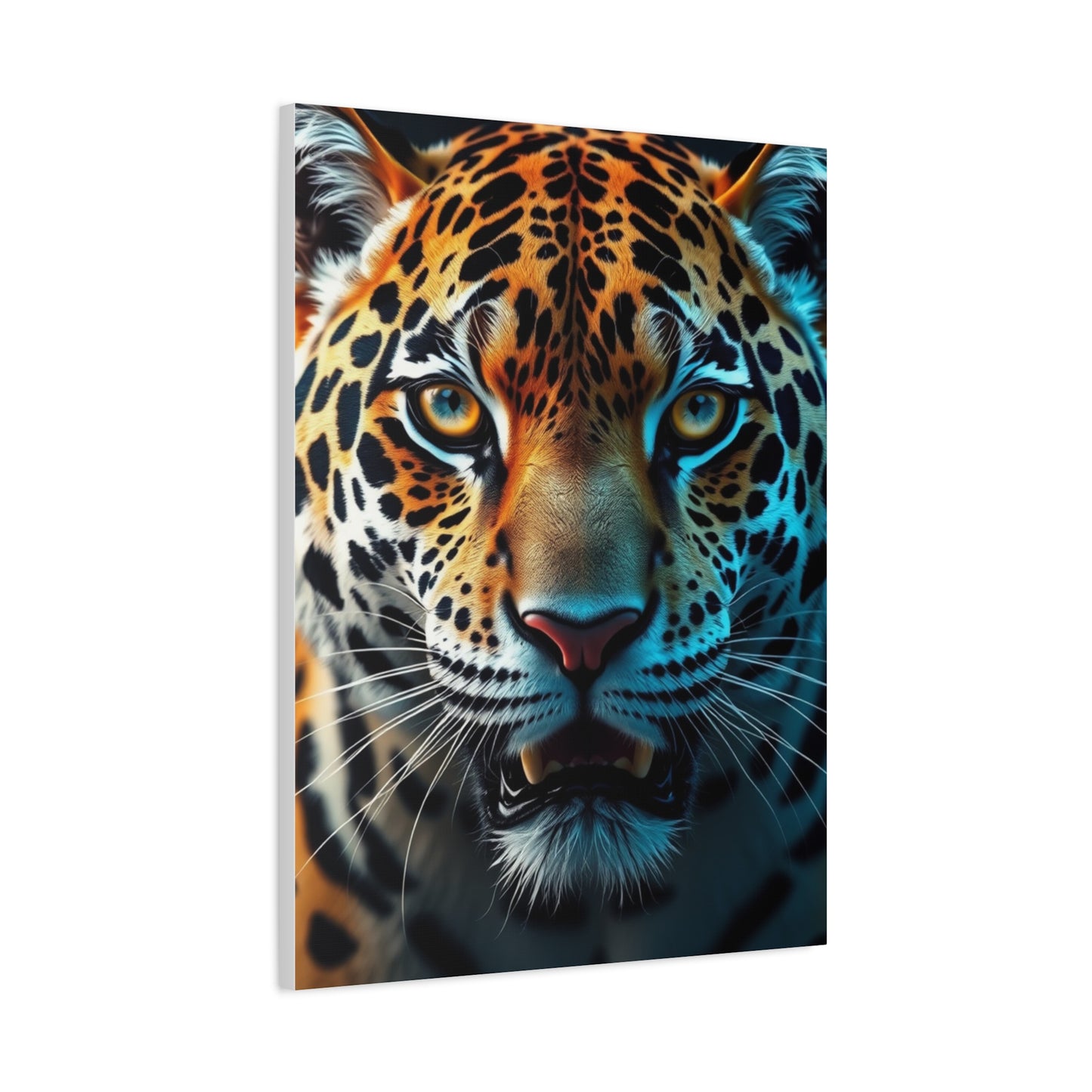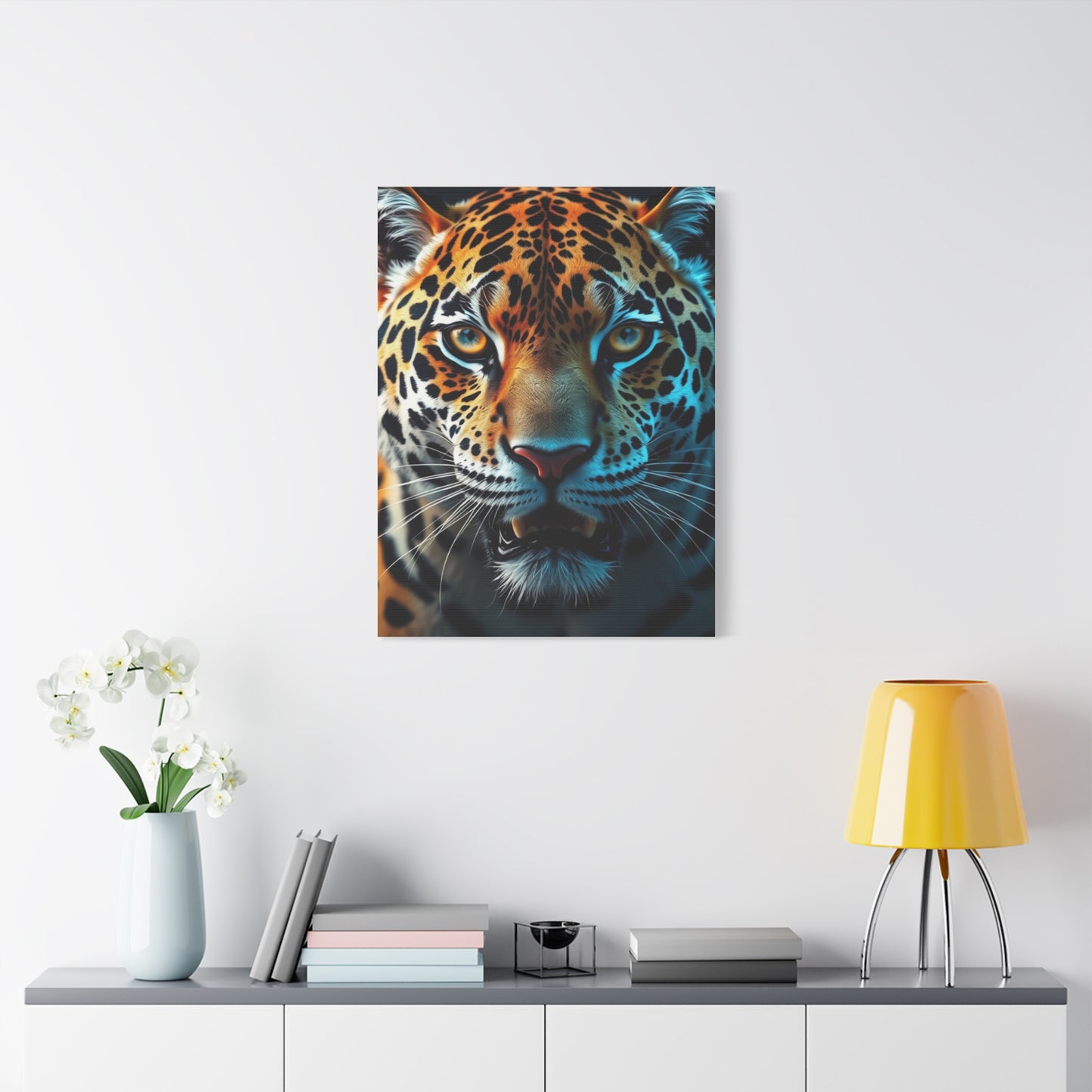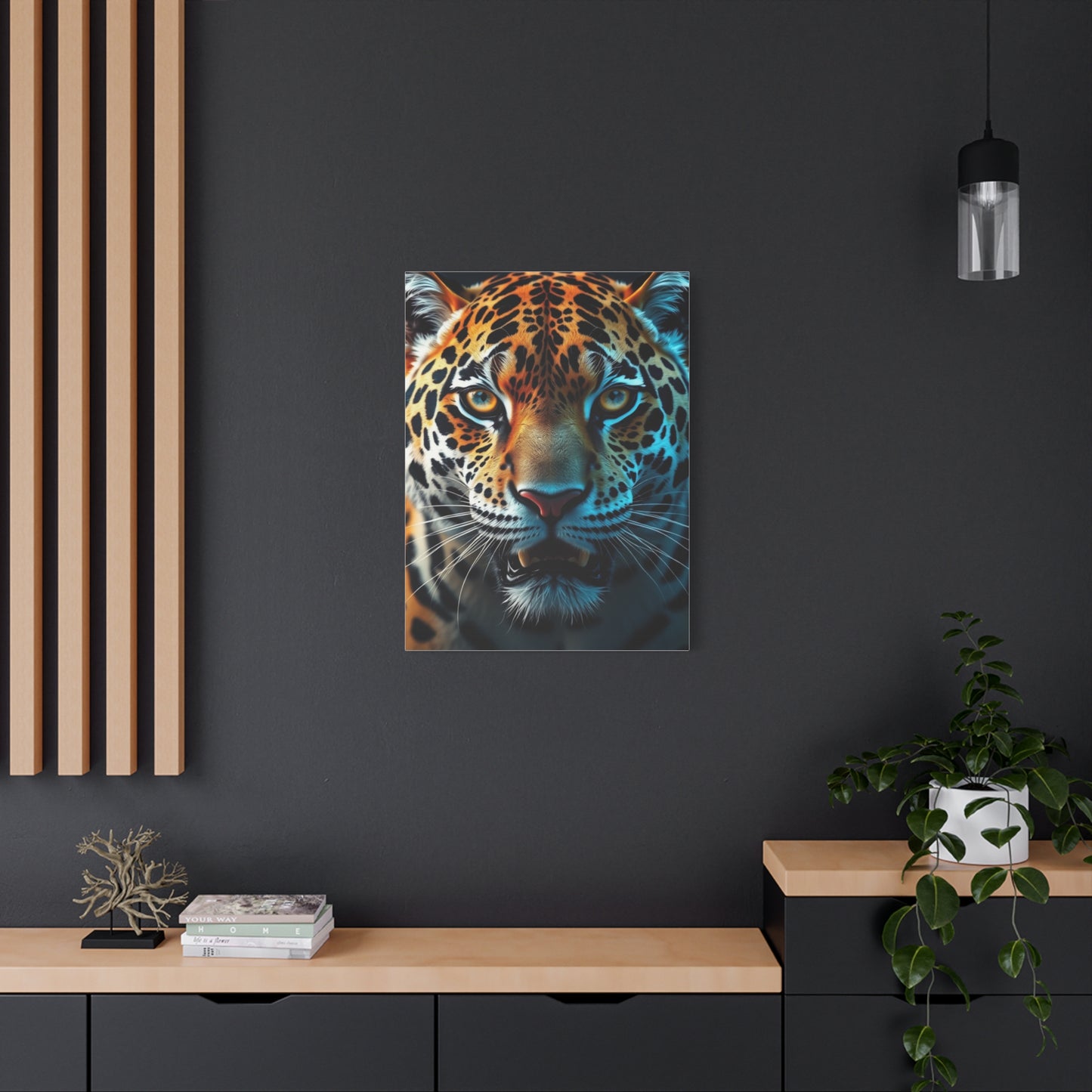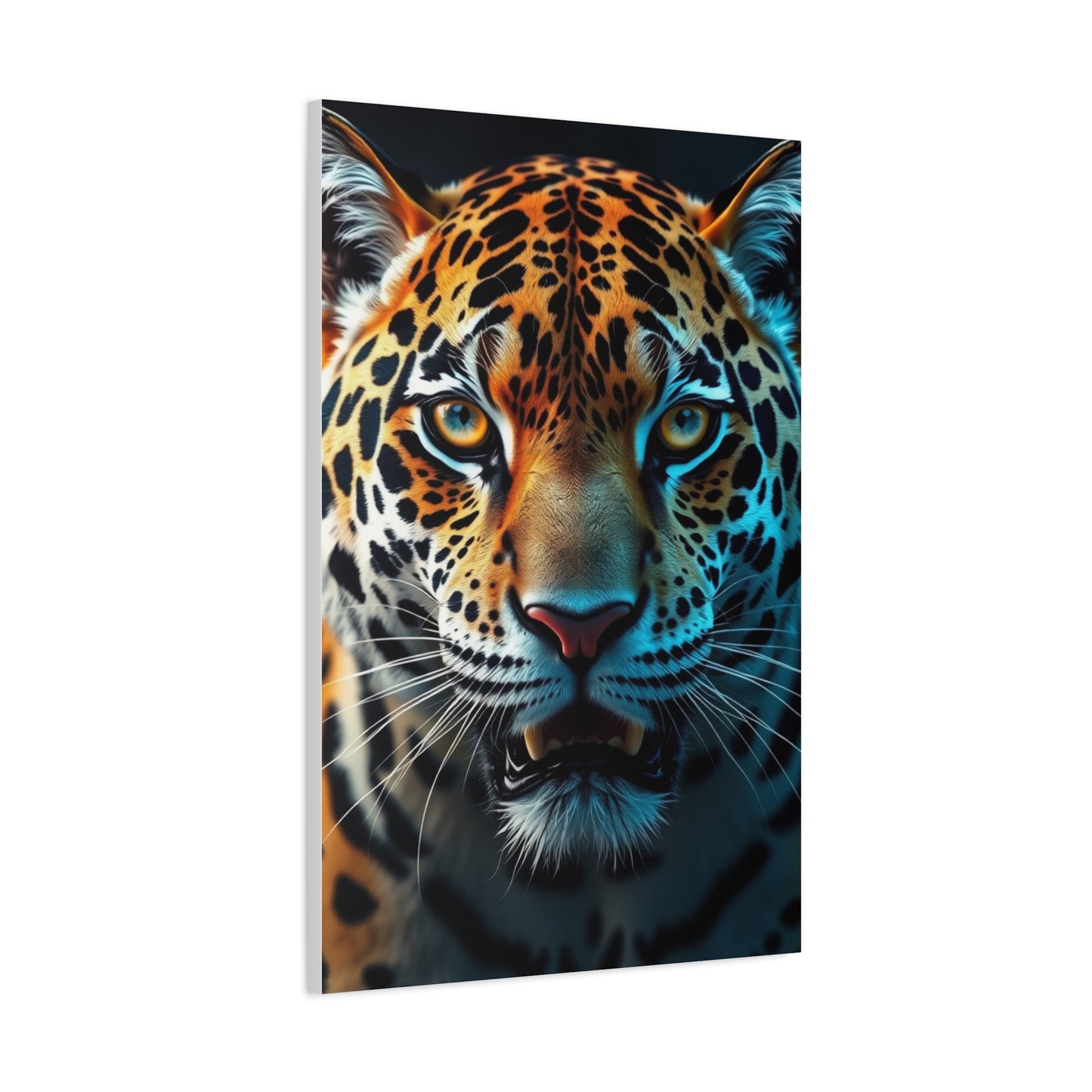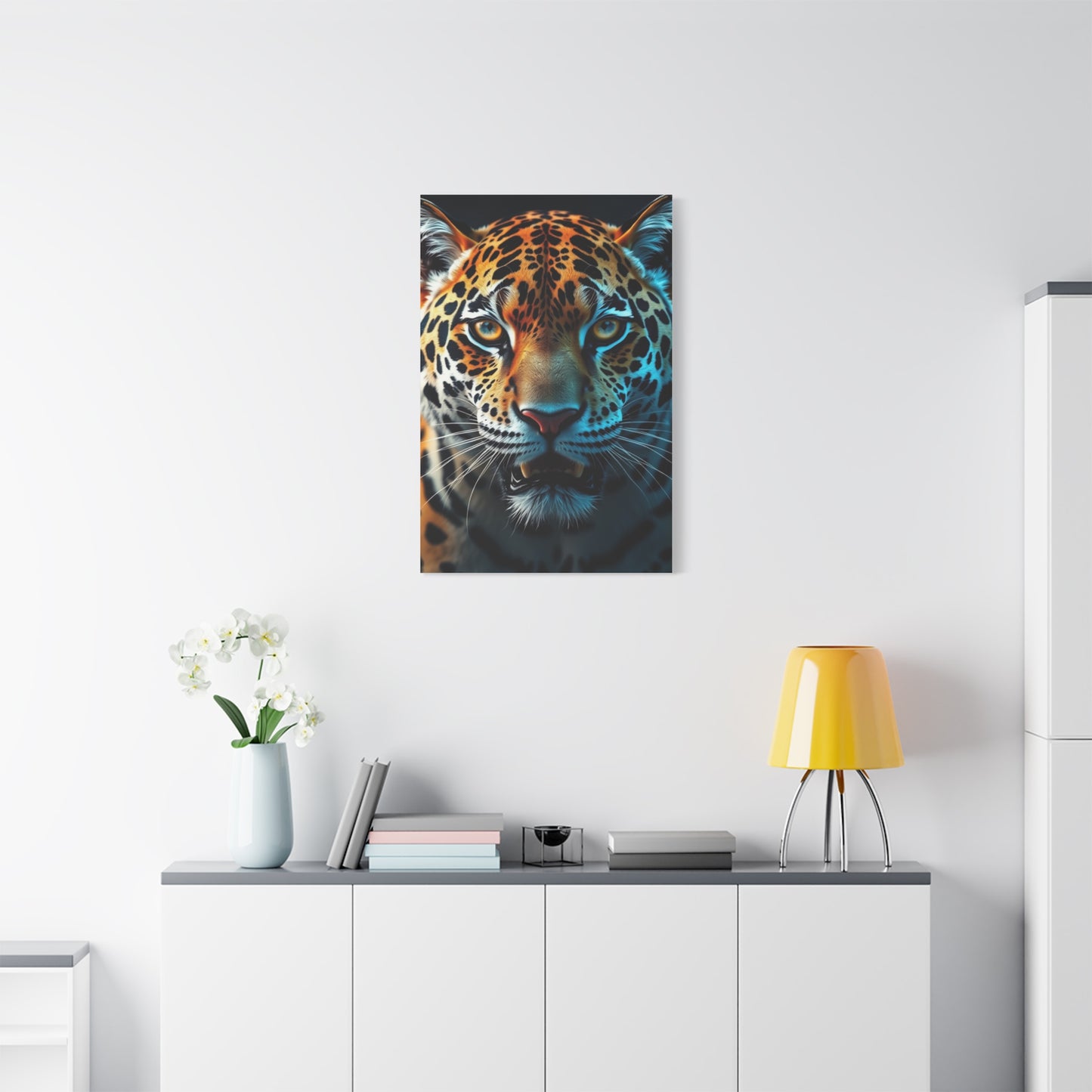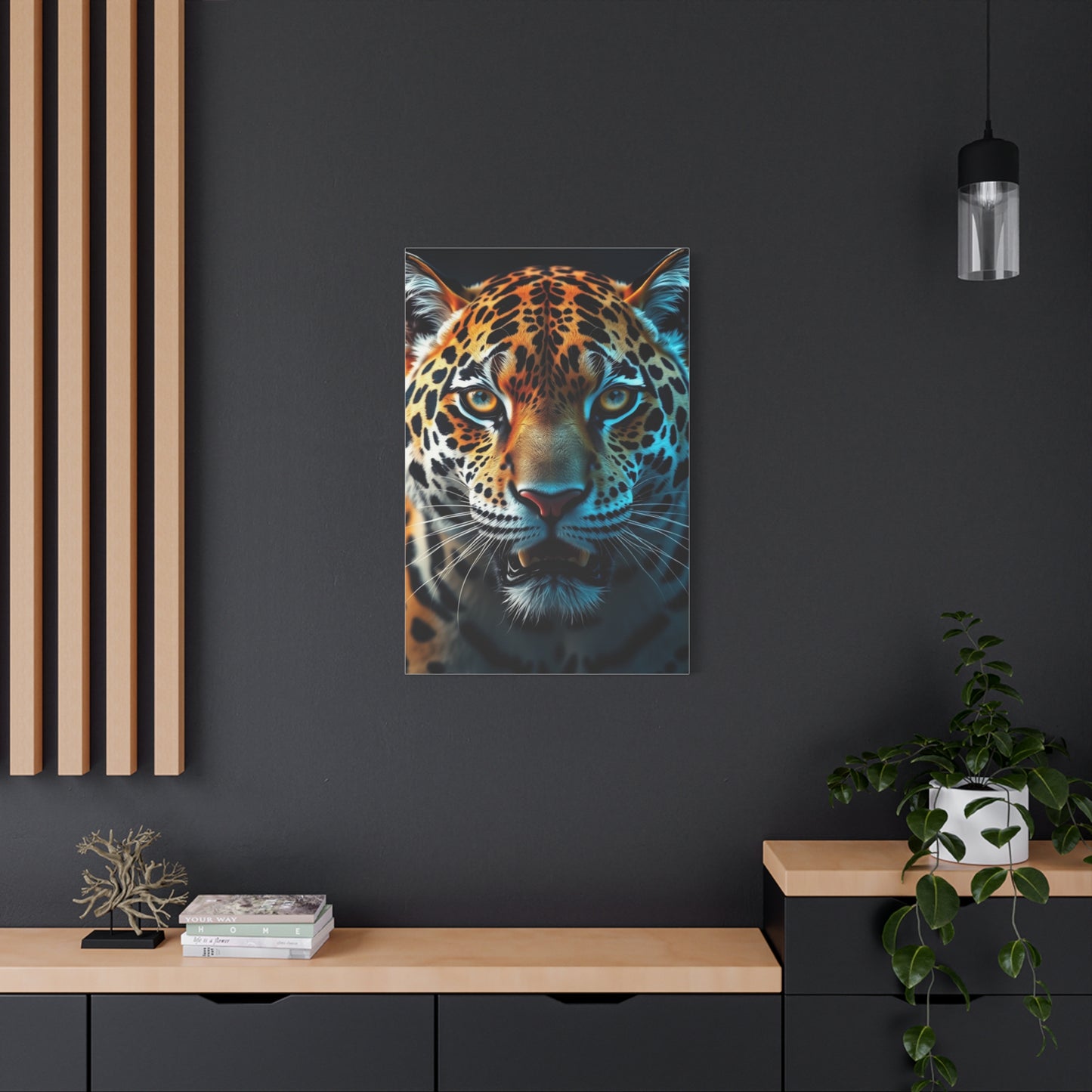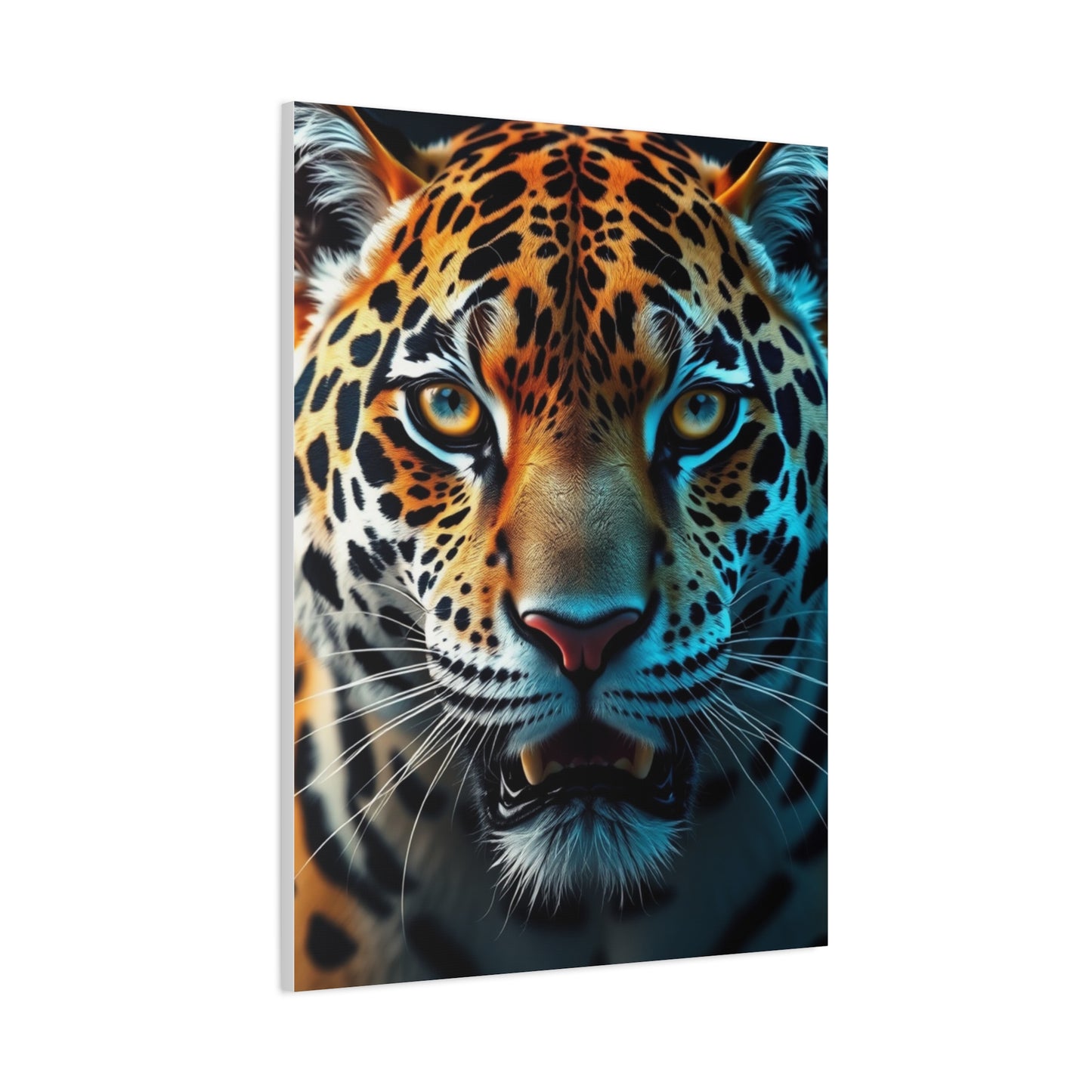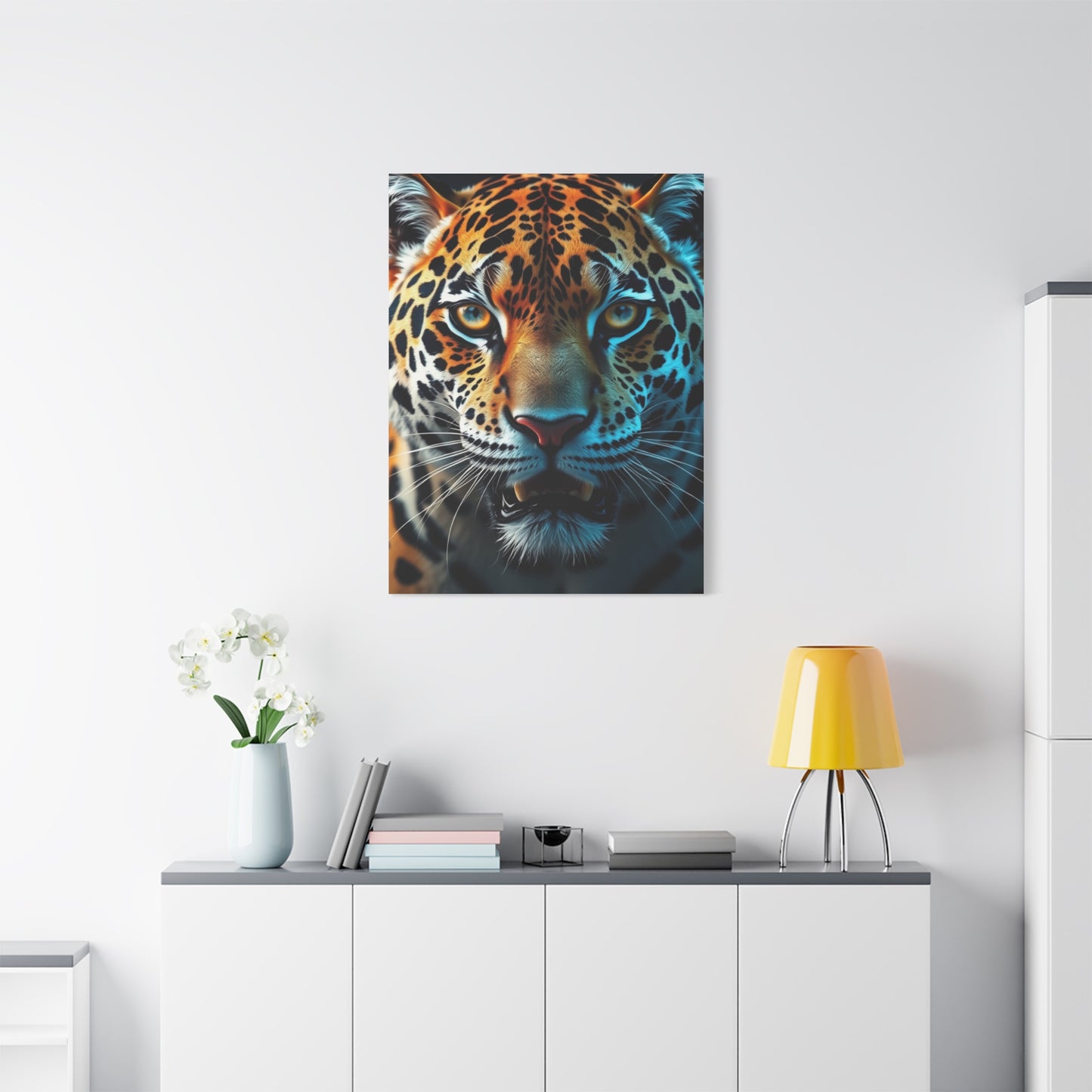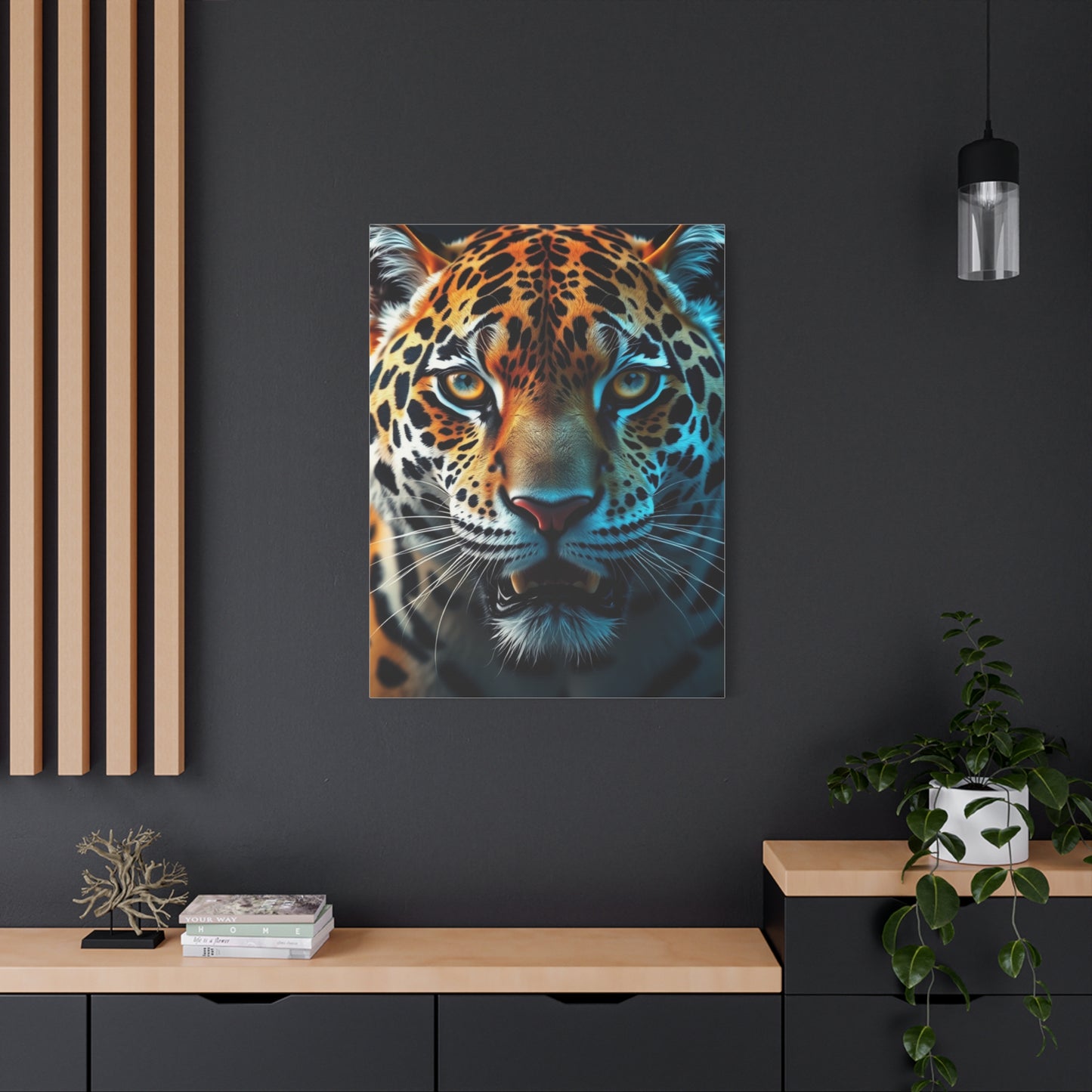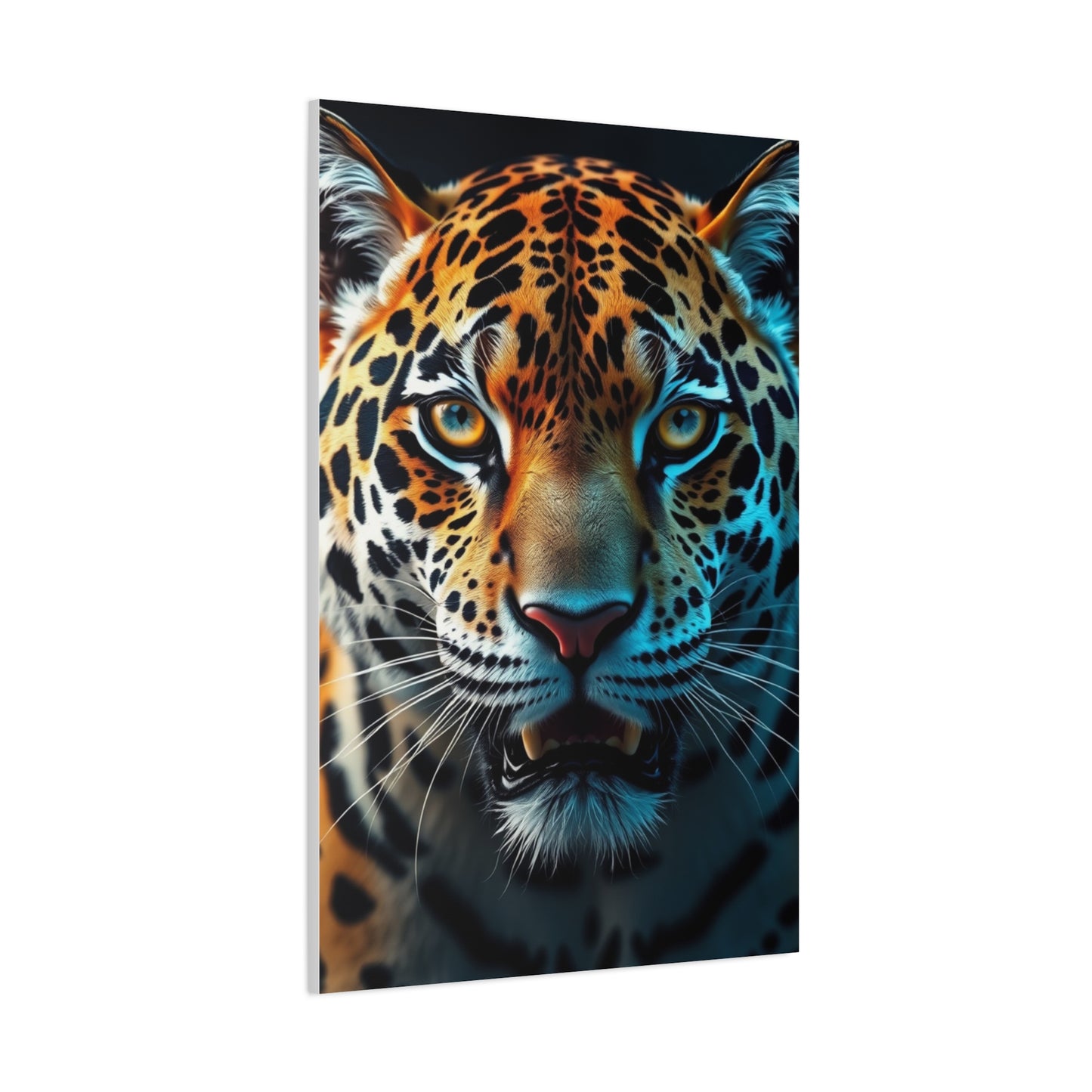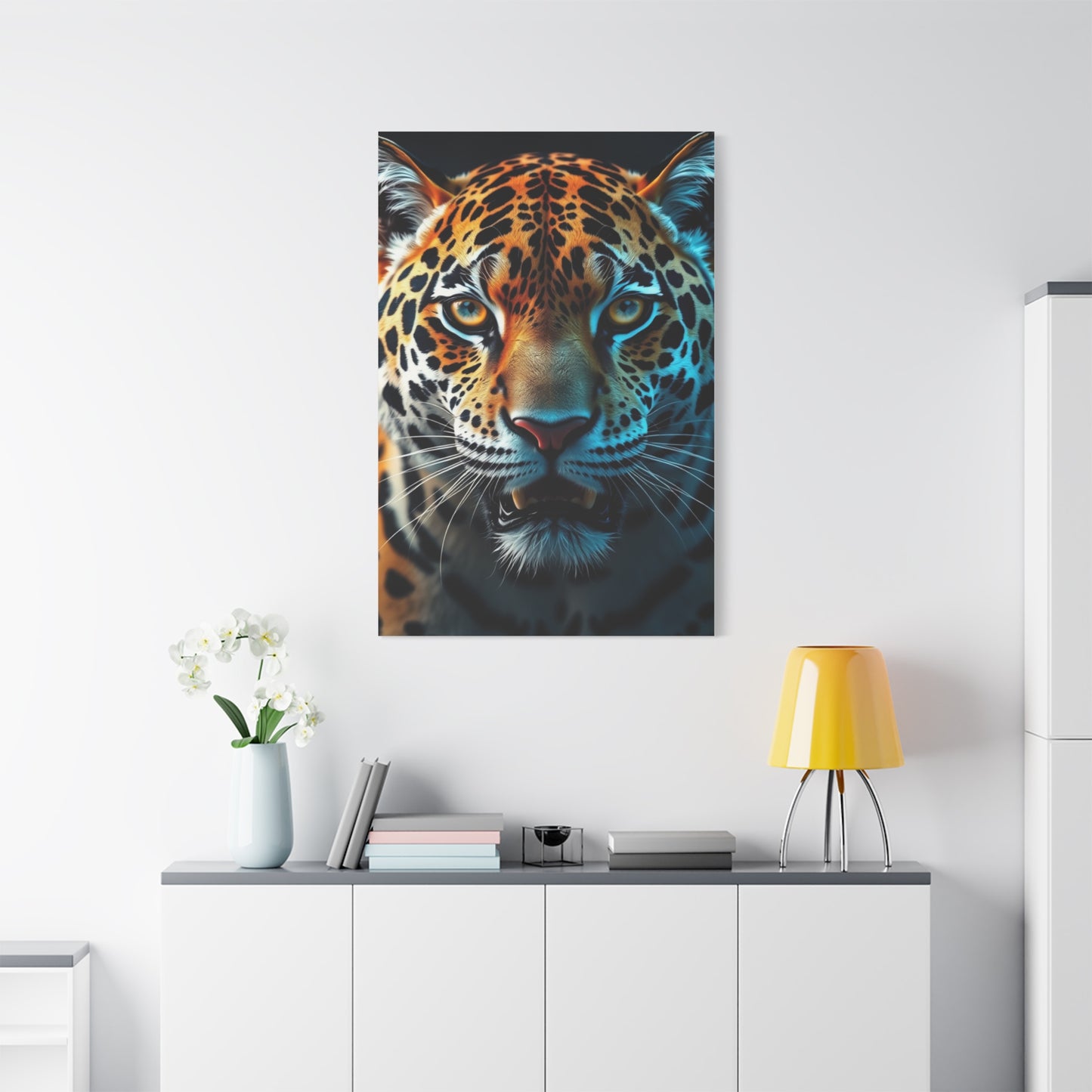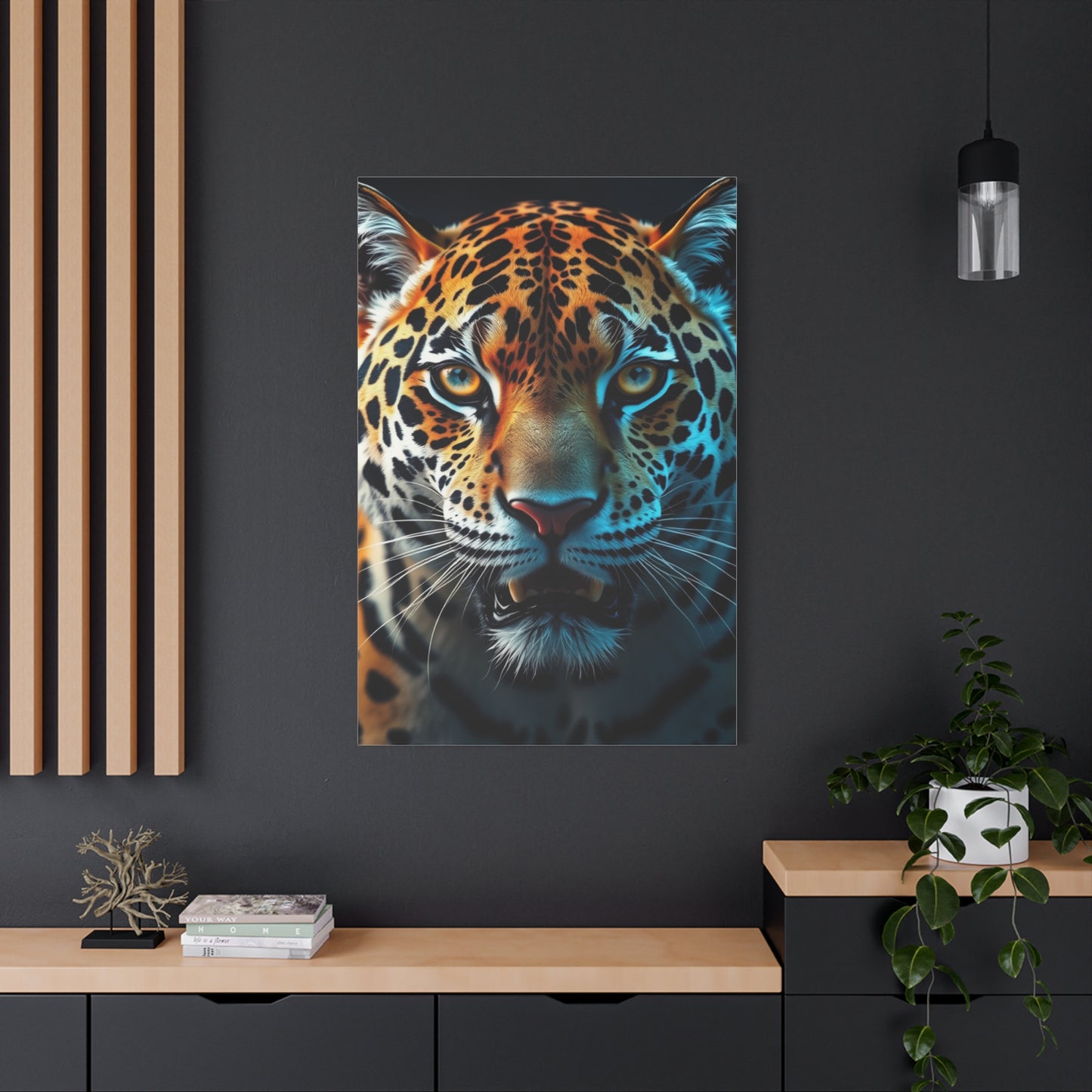Regal Feline Wall Art: Discover Sophisticated Cat Canvas Collections for Modern Homes
Feline-inspired artwork has evolved into one of the most captivating and sophisticated forms of home decoration, offering homeowners the opportunity to celebrate the grace, mystery, and elegance of cats through stunning visual displays. The world of feline wall art encompasses a diverse range of artistic expressions, from sleek contemporary prints to regal portraits that capture the majestic essence of both domestic and wild cats. This comprehensive exploration delves into the fascinating realm of cat-themed artwork, examining how these pieces can transform living environments while reflecting the deep cultural and emotional connections humans have with felines.
The appeal of feline artwork extends far beyond simple pet appreciation, tapping into centuries of cultural significance and artistic tradition. Cats have been revered throughout history, from ancient Egyptian worship to modern artistic interpretations that celebrate their unique blend of grace, independence, and mystique. Contemporary artists continue to find inspiration in feline subjects, creating pieces that range from photorealistic portraits to abstract interpretations that capture the essence of feline movement and spirit.
Modern homeowners increasingly seek artwork that serves multiple purposes: aesthetic enhancement, personal expression, and conversation starters. Feline wall art perfectly fulfills these requirements, offering pieces that can complement various design styles while adding personality and warmth to any room. Whether displayed in living rooms, bedrooms, studies, or hallways, cat-themed artwork creates focal points that draw the eye and invite contemplation.
The diversity of feline artwork available today reflects the broad spectrum of artistic techniques and cultural influences that have shaped this genre. From minimalist line drawings that capture feline essence with simple strokes to elaborate oil paintings that showcase every whisker and marking, artists continue to explore new ways to represent the beauty and character of cats. This artistic evolution has resulted in collections that cater to every taste and preference, ensuring that cat enthusiasts can find pieces that resonate with their personal aesthetic sensibilities.
Sleek and Royal Feline Prints: Modern Artistic Expression
Contemporary feline prints represent a perfect fusion of traditional artistic appreciation for cats and modern design sensibilities. These artworks typically feature clean lines, sophisticated color palettes, and compositions that emphasize the natural elegance of feline subjects. Artists working in this style often focus on capturing the essential characteristics that make cats so visually compelling: their fluid movements, alert expressions, and the way light plays across their fur.
The creation of sleek feline prints involves careful consideration of both subject matter and presentation. Artists often study cat behavior and anatomy extensively, observing how different breeds carry themselves, how their muscles move beneath their fur, and how their expressions change in various moods. This attention to detail results in artwork that feels authentic and emotionally resonant, even when executed in highly stylized or minimalist approaches.
Royal feline prints take this concept further by incorporating elements that suggest nobility and grandeur. These pieces might feature cats posed in regal positions, surrounded by luxurious textures, or presented against backgrounds that evoke opulence and sophistication. The royal aspect often manifests through color choices as well, with deep purples, rich golds, and elegant silvers creating an atmosphere of refinement and luxury.
The appeal of sleek and royal feline prints lies in their versatility and timeless quality. These pieces work equally well in contemporary minimalist settings and more traditional environments, adapting to their surroundings while maintaining their distinctive character. The sophisticated nature of these prints makes them particularly suitable for professional environments, upscale residences, and any setting where refined taste is valued.
Artists creating sleek and royal feline prints often experiment with various mediums and techniques to achieve their desired effects. Digital art has opened new possibilities for creating prints with perfect precision and unlimited color possibilities, while traditional mediums like watercolor and gouache continue to offer unique textures and organic qualities that digital techniques cannot fully replicate. The choice of medium significantly impacts the final appearance and emotional impact of the artwork.
The market for sleek and royal feline prints has expanded significantly as more people recognize the sophisticated appeal of well-executed cat artwork. Collectors appreciate these pieces not only for their aesthetic value but also for their ability to convey the special relationship between humans and cats. Many prints in this category become focal points in home galleries, sparking conversations about art, pets, and the role of animals in human culture.
Feline Elegance in Art Form: Capturing Grace and Beauty
The concept of feline elegance in art encompasses the many ways artists have sought to capture and celebrate the natural grace that cats embody. This artistic pursuit requires understanding not only the physical attributes that make cats elegant but also the behavioral characteristics that contribute to their sophisticated appearance. Artists working in this genre focus on elements such as fluid movement, poised postures, and the subtle interplay of strength and gentleness that defines feline nature.
Elegance in feline art often manifests through careful attention to proportions and positioning. Artists study how cats naturally arrange themselves, from the curve of a sleeping cat to the alert stance of a hunting feline. These natural poses serve as inspiration for compositions that feel both dynamic and serene, capturing moments that viewers can easily imagine and appreciate. The challenge lies in translating three-dimensional movement and energy into static two-dimensional representations while maintaining the sense of life and vitality.
Color plays a crucial role in conveying feline elegance through art. Many artists working in this style gravitate toward sophisticated palettes that complement the natural beauty of their feline subjects. Muted tones, subtle gradients, and carefully chosen accent colors help create atmospheres that enhance rather than compete with the elegance of the cats themselves. The interplay between warm and cool tones can suggest different moods and times of day, adding depth and emotional resonance to the artwork.
The technical execution of elegant feline art requires considerable skill in rendering fur textures, capturing light effects, and creating convincing anatomy. Artists must balance realism with artistic interpretation, ensuring that their work remains faithful to feline characteristics while expressing their unique artistic vision. This balance is particularly important in elegant feline art, where the goal is to celebrate natural beauty rather than impose artificial stylization.
Contemporary artists exploring feline elegance often draw inspiration from various cultural traditions that have celebrated cats throughout history. Japanese artistic traditions, with their emphasis on capturing essence through minimal elements, have particularly influenced modern feline art. European classical traditions contribute understanding of form and composition, while contemporary movements provide new approaches to color and texture that can enhance the portrayal of feline subjects.
The appreciation for elegant feline art reflects broader cultural values that prize sophistication, natural beauty, and the harmonious relationship between humans and animals. These artworks serve as reminders of the grace that exists in the natural world and our capacity to recognize and celebrate it through artistic expression. For many viewers, elegant feline art provides a moment of calm contemplation and appreciation for beauty in its purest form.
Bold and Graceful Cats: Dynamic Artistic Interpretations
Bold and graceful cat artwork represents a fascinating juxtaposition of seemingly contrasting qualities, demonstrating how artists can celebrate both the powerful and gentle aspects of feline nature within single compositions. This artistic approach recognizes that cats embody a unique combination of strength and delicacy, independence and affection, wildness and domestication. Artists working in this style seek to capture these dualities through various visual techniques and compositional strategies.
The boldness in feline art often manifests through strong compositional elements such as dramatic lighting, vivid colors, or dynamic poses that suggest movement and energy. Artists might choose to emphasize the predatory aspects of cats, showcasing their alertness, agility, and natural hunting instincts through artwork that feels charged with potential energy. This boldness can also appear in the artistic technique itself, with confident brushstrokes, high contrast values, or unconventional perspectives that challenge traditional approaches to animal portraiture.
Grace, in contrast, appears through softer elements that celebrate the fluid, almost dance-like quality of feline movement. Artists capture grace through flowing lines, gentle curves, and compositions that suggest effortless motion. The challenge lies in combining these graceful elements with bold ones in ways that feel harmonious rather than contradictory. Successful bold and graceful feline art demonstrates that strength and gentleness can coexist and even enhance each other.
The emotional impact of bold and graceful cat artwork often proves more complex and engaging than pieces that focus on only one aspect of feline nature. Viewers respond to the tension between boldness and grace, finding themselves drawn into artwork that reflects the full complexity of cats as both wild animals and beloved companions. This complexity invites longer contemplation and often reveals new details and interpretations with repeated viewing.
Artists creating bold and graceful feline art must possess technical skills that allow them to convincingly render both dynamic action and subtle emotion. This might involve mastering techniques for showing movement through static images, understanding how light and shadow can create drama while maintaining elegance, and developing color relationships that support both bold statements and graceful refinement. The most successful pieces demonstrate mastery of these technical challenges while maintaining clear artistic vision.
The market for bold and graceful feline art appeals to collectors who appreciate complexity and nuance in their artwork. These pieces often work particularly well in contemporary settings where their dynamic qualities can be properly appreciated, though they also complement traditional environments by adding energy and visual interest. The enduring appeal of this artistic approach reflects our continued fascination with the multifaceted nature of cats and our desire to understand and celebrate their unique characteristics.
Regal Feline Portraits: Celebrating Majestic Cat Personalities
Regal feline portraits represent one of the most prestigious and emotionally resonant categories of cat artwork, focusing on capturing the individual personality and inherent nobility of specific feline subjects. This artistic genre draws inspiration from centuries of formal portraiture traditions while adapting these conventions to celebrate the unique characteristics that make cats such compelling subjects. The goal extends beyond mere physical representation to encompass the essence of feline dignity and character.
The creation of regal feline portraits requires artists to develop relationships with their subjects, whether working from life, photographs, or imagination. Understanding feline behavior, recognizing individual personality traits, and identifying the most flattering angles and poses becomes crucial to creating portraits that feel authentic and engaging. Artists must balance formal portrait conventions with the natural behaviors and expressions that make each cat unique.
Lighting plays a particularly important role in regal feline portraits, as it can dramatically affect the mood and impact of the final piece. Many artists working in this genre employ dramatic lighting techniques that create strong contrasts between light and shadow, emphasizing the sculptural qualities of feline faces and bodies. This approach can lend gravitas and importance to the subjects, elevating them to the level of historical portrait subjects while maintaining their essential cat-like qualities.
The backgrounds and compositional elements in regal feline portraits often reflect the formal traditions of human portraiture while incorporating elements that specifically relate to feline subjects. Rich drapery, elegant furniture, or natural elements might serve as backdrops that complement rather than compete with the main subject. The challenge lies in creating environments that suggest nobility and importance while remaining appropriate for feline subjects.
Color choices in regal feline portraits tend toward sophisticated palettes that enhance the natural beauty of the cats while suggesting luxury and refinement. Deep jewel tones, metallic accents, and carefully modulated neutral colors help create atmospheres that support the portrait's formal intentions. The interplay between the natural colors of the cat's fur and the chosen background colors requires careful consideration to ensure harmony and visual impact.
The emotional resonance of regal feline portraits often extends beyond appreciation for the individual cats depicted to encompass broader themes about the relationship between humans and animals. These portraits suggest that cats deserve the same respect and formal recognition traditionally reserved for human subjects, reflecting changing attitudes about the importance of animals in human life. This perspective has particular appeal for cat enthusiasts who view their pets as family members deserving of artistic commemoration.
Elegant Wildcat Canvases: Bringing Nature's Majesty Indoors
Elegant wildcat canvases offer viewers the opportunity to experience the power and beauty of wild felines within the comfort of their homes, creating connections with nature that might otherwise be impossible to achieve. This category of feline art focuses on species such as leopards, tigers, lions, cheetahs, and other wild cats, celebrating their natural habitats, behaviors, and the raw majesty that distinguishes them from their domestic counterparts.
The artistic challenges involved in creating elegant wildcat canvases differ significantly from those associated with domestic cat artwork. Wild cats often inhabit exotic environments that require artists to understand and accurately represent diverse ecosystems, lighting conditions, and atmospheric effects. The scale of wild cats also demands different compositional approaches, as their powerful builds and dramatic markings create different visual dynamics than smaller domestic subjects.
Artists working with wildcat subjects must balance accurate representation with artistic interpretation, ensuring that their work remains scientifically credible while expressing personal artistic vision. This often involves extensive research into animal behavior, habitat characteristics, and the specific visual qualities that distinguish different wildcat species. Many artists specializing in this genre travel to observe their subjects in natural settings or work closely with wildlife photographers and conservationists.
The elegance in wildcat canvases often manifests through sophisticated color relationships that capture the subtle variations in fur patterns and the complex interplay of light and shadow in natural environments. Artists must understand how different lighting conditions affect the appearance of spotted, striped, or solid-colored coats, and how environmental factors such as humidity, vegetation, and terrain influence the overall aesthetic of their compositions.
The emotional impact of elegant wildcat canvases often includes elements of excitement and wonder that domestic cat artwork might not provide. Viewers experience vicarious connections with wilderness and wildlife that can be both thrilling and contemplative. These pieces serve as windows into natural worlds that many people never directly experience, making them valuable both aesthetically and educationally.
Conservation themes frequently appear in contemporary wildcat art, as many artists recognize their work's potential to raise awareness about endangered species and threatened habitats. Elegant wildcat canvases can serve dual purposes as beautiful decorative elements and subtle advocacy tools that remind viewers of the importance of wildlife preservation. This added dimension of meaning enhances the emotional and intellectual appeal of such artwork for environmentally conscious collectors.
Feline Beauty Captured: Artistic Techniques and Approaches
The capture of feline beauty through art involves a complex interplay of technical skill, artistic vision, and deep understanding of feline characteristics. Artists working in this genre must master various techniques for representing fur textures, capturing expressive eyes, and conveying the subtle body language that communicates feline moods and personalities. The challenge lies in translating the three-dimensional beauty of living cats into compelling two-dimensional representations.
Fur representation remains one of the most technically demanding aspects of feline art, requiring artists to understand how different coat types respond to light and how individual hairs create overall patterns and textures. Short-haired cats present different challenges than long-haired breeds, while cats with distinctive markings require careful attention to pattern accuracy and proportion. Many artists develop specialized techniques for different fur types, building up their expertise through repeated practice and observation.
The eyes of cats hold particular significance in feline artwork, as they often serve as the primary emotional connection points between the artwork and viewers. Capturing the luminous quality of cat eyes requires understanding how light reflects from and passes through the various structures of feline eyes. Artists must also recognize how eye shape, color, and expression vary among different cat breeds and individuals, as these variations significantly impact the overall character of their artwork.
Body language and posture play crucial roles in conveying feline beauty through art. Cats communicate complex emotions and intentions through subtle changes in ear position, tail carriage, and overall body tension. Artists who successfully capture feline beauty understand these communication systems and incorporate them into their work to create pieces that feel emotionally authentic and engaging. This knowledge allows them to choose poses and expressions that effectively communicate their artistic intentions.
Contemporary digital techniques have opened new possibilities for capturing and enhancing feline beauty in art. Digital tools allow for precise color matching, detailed texture work, and the ability to make subtle adjustments that might be difficult or impossible with traditional mediums. However, traditional techniques continue to offer unique qualities such as paint texture, paper absorption effects, and the organic variability that comes with hand-executed artwork.
The appreciation of feline beauty through art reflects broader cultural values about aesthetic appreciation and our relationships with animals. These artworks serve as celebrations of natural beauty while demonstrating human capacity for recognizing and honoring the aesthetic qualities of other species. The growing market for such artwork suggests increasing sophistication in how people think about animals as subjects worthy of serious artistic attention.
Regal Cats for Stylish Walls: Decorative Integration and Design Principles
The integration of regal cat artwork into stylish wall displays requires careful consideration of multiple design factors, including scale, color relationships, lighting conditions, and the overall aesthetic context of the display environment. Successful integration enhances both the artwork and the surrounding environment, creating harmonious compositions that elevate the entire visual experience while honoring the sophisticated nature of feline subjects.
Scale considerations prove particularly important when selecting regal cat artwork for specific wall applications. Large-scale pieces can serve as dramatic focal points that anchor entire room designs, while smaller works might function better as part of gallery walls or intimate display arrangements. The scale of the cat subjects within the artwork also affects how pieces work within different room contexts, as close-up portraits create different impressions than full-body representations or environmental scenes.
Color coordination between regal cat artwork and existing room elements requires understanding both the dominant and accent colors within the pieces and how these relate to furniture, textiles, and architectural features. Many regal cat artworks feature sophisticated neutral palettes that adapt well to various color schemes, while others incorporate bold accent colors that can either complement or contrast with existing room elements. The key lies in achieving balance rather than exact matching.
Lighting plays a crucial role in displaying regal cat artwork effectively, as improper lighting can diminish the impact of even the finest pieces. Natural light, artificial ambient lighting, and specialized art lighting each offer different advantages and challenges. Many regal cat artworks benefit from consistent, moderate lighting that reveals details without creating glare or causing color distortion. The placement of light sources relative to artwork surfaces affects both visibility and the perceived quality of the pieces.
Grouping and arrangement strategies for multiple pieces of regal cat artwork require consideration of visual weight, thematic relationships, and compositional flow. Some collectors prefer symmetrical arrangements that create formal, balanced displays, while others favor more organic groupings that suggest natural relationships between pieces. The spacing between individual artworks affects how they read as individual pieces versus components of larger compositions.
The frame selection and matting choices for regal cat artwork significantly impact how pieces integrate with stylish wall displays. Traditional ornate frames might enhance the regal aspects of formal cat portraits, while sleek contemporary frames could better serve modern interpretations of feline subjects. Matting colors and textures should complement both the artwork and the display environment while maintaining appropriate visual separation between the art and its surroundings.
Artistic Feline Masterpieces: Historical Context and Contemporary Evolution
Artistic feline masterpieces represent the culmination of centuries of artistic fascination with cats, demonstrating how different cultures and artistic movements have interpreted and celebrated feline subjects. From ancient Egyptian cat sculptures to contemporary multimedia installations, the artistic representation of cats has evolved alongside broader artistic trends while maintaining distinctive characteristics that make feline art immediately recognizable and emotionally resonant.
Historical precedents for feline art provide important context for understanding contemporary masterpieces in this genre. Ancient civilizations, particularly in Egypt, elevated cats to divine status and created artistic representations that emphasized their spiritual significance and natural beauty. These early works established many of the visual conventions that continue to influence feline art today, including the emphasis on graceful postures, alert expressions, and the interplay between domestication and wildness.
European artistic traditions contributed different perspectives on feline subjects, often incorporating cats into larger narrative compositions or using them as symbols for various human qualities and emotions. Renaissance artists occasionally included cats in religious and domestic scenes, while later movements such as Impressionism and Post-Impressionism saw cats as worthy subjects in their own right. These historical developments laid the groundwork for the recognition of cats as legitimate artistic subjects.
The emergence of photography in the nineteenth and twentieth centuries significantly influenced how artists approached feline subjects, providing new tools for studying cat anatomy, behavior, and expression. Many contemporary feline masterpieces demonstrate the influence of photographic techniques, including unusual perspectives, precise detail capture, and the ability to freeze moments of action or emotion that might be difficult to observe and record through direct observation alone.
Contemporary feline masterpieces often combine traditional artistic techniques with modern conceptual approaches, creating works that celebrate cats while exploring broader themes about human-animal relationships, environmental concerns, and the role of pets in modern society. These works might incorporate multimedia elements, interactive components, or conceptual frameworks that invite viewers to consider cats from new perspectives while appreciating their inherent beauty and character.
The market for artistic feline masterpieces has grown significantly as collectors recognize the sophisticated artistic merit of well-executed cat artwork. Major galleries and museums increasingly include feline art in their exhibitions, suggesting growing institutional recognition of this genre's artistic legitimacy. This development reflects broader changes in how society views animals and their appropriate representation in fine art contexts.
Sophisticated Cat Canvas Prints: Production Quality and Artistic Standards
Sophisticated cat canvas prints represent the intersection of high-quality artistic creation and advanced reproduction technology, making exceptional feline art accessible to broader audiences while maintaining the visual impact and emotional resonance of original works. The production of these prints requires careful attention to technical specifications, material quality, and color accuracy to ensure that reproductions honor the artistic intentions of the original creators.
The selection of appropriate canvas materials significantly affects the final quality and longevity of sophisticated cat prints. High-quality cotton or cotton-blend canvases provide stable surfaces that accept inks well and resist deterioration over time. The texture and weight of canvas materials also influence how prints appear when viewed, as different weaves create subtle variations in how light reflects from the surface and how colors appear to viewers.
Color reproduction accuracy represents one of the most critical technical challenges in creating sophisticated cat canvas prints. The complex color relationships in cat fur, the subtle gradations in feline eyes, and the environmental colors in many feline artworks require printing systems capable of reproducing fine color distinctions. Advanced digital printing technologies using archival inks help ensure that prints maintain color accuracy and resist fading over extended periods.
The sizing and scaling of sophisticated cat canvas prints require careful consideration to maintain the artistic impact of original works while adapting to the practical requirements of different display situations. Artists and print producers must understand how compositional elements work at different scales and make appropriate adjustments to ensure that prints remain visually compelling regardless of their final size. This process often involves testing multiple size options to determine optimal proportions.
Finishing techniques for sophisticated cat canvas prints can significantly enhance their appearance and perceived value. Gallery wrap mounting, where canvas extends around wooden frames, creates clean, professional presentations that eliminate the need for additional framing. Alternative mounting methods might better serve pieces intended for specific display contexts or collector preferences. The choice of finishing techniques should complement the artistic style and intended display environment.
Quality control procedures for sophisticated cat canvas prints ensure consistency and eliminate defective products before they reach consumers. This involves careful inspection of color accuracy, material quality, and finishing details throughout the production process. Reputable print producers maintain strict standards and often provide guarantees or replacements for prints that fail to meet established quality benchmarks.
Graceful Feline Silhouettes: Minimalist Approaches to Cat Art
Graceful feline silhouettes represent a sophisticated minimalist approach to cat art that distills feline beauty to its essential elements while maintaining emotional impact and visual appeal. This artistic style removes extraneous details to focus attention on the fundamental shapes, postures, and proportions that make cats immediately recognizable and aesthetically compelling. The challenge lies in determining which elements are truly essential and how to present them in ways that feel complete rather than incomplete.
The creation of effective feline silhouettes requires deep understanding of cat anatomy and behavior, as artists must identify the characteristic shapes and positions that communicate feline identity without relying on surface details such as fur patterns, facial features, or environmental context. This process often involves extensive observation and sketching to determine which poses and perspectives most clearly convey feline essence through shape alone.
Compositional considerations in graceful feline silhouettes often focus on the interplay between positive and negative shapes, as the empty areas around silhouetted cats become active compositional elements that contribute to the overall visual impact. Artists working in this style must consider how background shapes interact with silhouette forms and how the overall composition balances filled and empty areas to create visually satisfying results.
The emotional impact of graceful feline silhouettes often relies on viewers' ability to project their own experiences and associations with cats onto simplified forms. This participatory aspect of silhouette art can create strong emotional connections, as viewers fill in missing details from their own memories and relationships with cats. The most successful silhouettes provide enough visual information to trigger these associations while leaving room for individual interpretation.
Color choices in graceful feline silhouettes typically favor high contrast relationships that emphasize shape clarity and visual impact. Traditional black silhouettes against light backgrounds remain popular, but contemporary artists often experiment with color variations that maintain the essential silhouette concept while adding visual interest. The key lies in preserving the shape clarity that makes silhouettes effective while introducing additional aesthetic elements.
The versatility of graceful feline silhouettes makes them suitable for various decorative applications and artistic contexts. These pieces often work well in contemporary minimalist environments where their clean, simple forms complement overall design aesthetics. They also serve effectively as accent pieces in more complex environments, providing visual relief and focal points without competing with other decorative elements.
Regal Feline Charm on Canvas: Capturing Personality Through Art
Regal feline charm on canvas encompasses the artistic challenge of capturing and conveying the unique personalities of individual cats while celebrating their inherent nobility and grace. This approach recognizes that each cat possesses distinctive characteristics that go beyond physical appearance to include behavioral traits, expressions, and the indefinable qualities that make them memorable and beloved. Artists working in this genre must develop sensitivity to these personality elements and find ways to represent them visually.
The observation of feline personality requires patience and understanding of cat behavior, as many personality traits emerge only through extended interaction or careful study. Some cats display their personalities through bold, confident postures and direct gazes, while others express their character through subtle body language, gentle expressions, or the way they interact with their environments. Artists must learn to recognize and interpret these various personality expressions.
The translation of personality into visual art involves making countless decisions about pose, expression, lighting, color, and compositional elements that work together to create comprehensive personality portraits. A playful cat might be depicted in a dynamic pose with bright, engaging colors, while a more reserved feline might appear in a contemplative position with subtle, sophisticated color relationships. The challenge lies in making these artistic choices feel natural and authentic rather than forced or artificial.
The technical execution of personality-focused feline art requires mastery of various artistic techniques that contribute to character expression. The rendering of eyes becomes particularly crucial, as feline eyes often serve as windows into personality and emotional states. Similarly, the depiction of body language, ear positions, and tail carriage all contribute to the overall personality impression conveyed by the artwork.
Environmental elements in personality-focused feline art can enhance character expression by providing context that supports and amplifies personality traits. A regal cat might be depicted in elegant surroundings that reinforce their noble bearing, while a playful cat could appear in a setting that suggests activity and fun. The key lies in choosing environmental elements that complement rather than distract from the main personality focus.
The emotional resonance of personality-focused feline art often extends beyond appreciation for individual cats to encompass broader themes about the complexity and individuality of animal consciousness. These works suggest that cats, like humans, possess unique inner lives worthy of artistic exploration and celebration. This perspective appeals particularly to cat enthusiasts who recognize the rich emotional and intellectual lives of their feline companions.
Wild Elegance of Felines: Bridging Domestic and Untamed Beauty
Wild elegance of felines explores the fascinating continuum between domestic cats and their wild relatives, celebrating the ways in which house cats retain many of the physical and behavioral characteristics that define their untamed cousins. This artistic approach recognizes that domestication has not eliminated the fundamental wildness that makes cats such compelling subjects, but rather created a unique blend of accessibility and mystery that continues to captivate artists and art lovers alike.
The artistic exploration of wild elegance requires understanding the evolutionary relationships between domestic cats and various wild feline species, as this knowledge informs decisions about which wild characteristics to emphasize and how to present them in ways that feel authentic and respectful. Many domestic cats retain physical features such as body proportions, movement patterns, and behavioral traits that echo their wild heritage, providing rich material for artistic interpretation.
The compositional challenges in representing wild elegance involve balancing elements that suggest wildness with those that acknowledge domestication and human companionship. This might involve depicting domestic cats in natural settings that evoke wild environments, or capturing behavioral moments that demonstrate the continuation of wild instincts in domestic contexts. The goal is to create artwork that honors both aspects of feline nature rather than favoring one over the other.
Color and lighting techniques play important roles in conveying wild elegance, as they can suggest natural environments, emphasize the sculptural qualities of feline anatomy, or create atmospheric effects that evoke wilderness settings. Many artists working in this genre employ earthy color palettes and dramatic lighting that reference the natural world while maintaining focus on their feline subjects.
The emotional impact of wild elegance artwork often includes elements of excitement, mystery, and respect for the untamed aspects of nature that domestic cats continue to embody. Viewers may experience renewed appreciation for their own cats as they recognize the wild heritage that influences feline behavior and appearance. This perspective can deepen the human-cat bond by acknowledging the complexity and dignity of feline nature.
Contemporary environmental concerns add additional layers of meaning to wild elegance feline art, as many wild cat species face threats from habitat loss and human encroachment. Artwork celebrating the wild elegance of domestic cats can serve as reminders of what might be lost if wild feline populations continue to decline, adding conservation themes to the aesthetic appreciation of feline beauty.
Feline Artistry for Refined Environments: Curating Sophisticated Collections
Feline artistry for refined environments requires careful curation that considers not only the aesthetic qualities of individual pieces but also how they work together to create cohesive collections that enhance sophisticated living and working environments. This approach recognizes that the most successful art collections demonstrate thoughtful selection, appropriate placement, and understanding of how multiple pieces interact to create greater impact than the sum of their individual contributions.
The development of refined feline art collections often begins with establishing clear aesthetic criteria that reflect the collector's tastes, the characteristics of the display environment, and the overall goals for the collection. Some collectors focus on specific artistic styles, time periods, or techniques, while others prefer thematic approaches that explore different aspects of feline nature or behavior. The key lies in developing consistent criteria that guide selection decisions while allowing for growth and evolution over time.
Quality assessment for refined feline art requires understanding both technical and artistic excellence, as sophisticated collections demand pieces that demonstrate mastery of their chosen mediums and compelling artistic vision. This involves evaluating factors such as composition, color relationships, technical execution, and the overall impact of individual pieces. Collectors must develop discrimination that allows them to recognize exceptional work while avoiding pieces that merely meet minimum standards.
The integration of feline artwork into refined environments involves considering architectural features, lighting conditions, furniture arrangements, and existing decorative elements that influence how artwork appears and functions within specific settings. Successful integration enhances both the artwork and the environment, creating harmonious relationships that demonstrate sophisticated design sensibilities while honoring the artistic integrity of individual pieces.
Presentation techniques for refined feline art collections include considerations of framing, matting, lighting, and grouping arrangements that maximize the impact of individual pieces while supporting the overall collection aesthetic. Professional presentation often requires investment in high-quality materials and installation techniques that reflect the value and importance of the artwork being displayed.
The maintenance and preservation of refined feline art collections involves understanding proper care techniques for different mediums and implementing environmental controls that prevent deterioration while allowing for appropriate display and enjoyment. This includes considerations of lighting exposure, humidity control, temperature stability, and protection from physical damage that could diminish the long-term value and appearance of collection pieces.
Majestic Cats in Elegant Art: Celebrating Feline Grandeur
Majestic cats in elegant art represents an artistic approach that emphasizes the inherent grandeur and dignity of feline subjects while employing sophisticated artistic techniques and presentation methods that honor these qualities. This genre recognizes that cats, both domestic and wild, possess natural majesty that deserves artistic celebration equivalent to that traditionally reserved for conventionally noble subjects such as royalty, religious figures, or heroic personalities.
The identification and representation of feline majesty requires artists to understand the physical and behavioral characteristics that contribute to impressions of grandeur and nobility. This might include the confident bearing of well-bred cats, the alert intelligence visible in feline expressions, the graceful power of feline movement, or the serene dignity that many cats display in repose. Artists must learn to recognize these qualities and find ways to emphasize them through their artistic choices.
The technical execution of majestic feline art often employs formal artistic conventions borrowed from traditional portraiture and grand manner painting, adapted to serve feline subjects. This might involve dramatic lighting techniques that create sculptural effects, rich color palettes that suggest luxury and importance, or compositional arrangements that emphasize the dignity and presence of feline subjects. The challenge lies in applying these techniques appropriately without creating results that feel artificial or inappropriate.
The environmental and contextual elements in majestic feline art must support rather than compete with the grandeur of the main subjects. This often involves careful selection of backgrounds, props, and atmospheric effects that enhance the impression of majesty while maintaining focus on the cats themselves. Some artists choose opulent settings that suggest luxury and refinement, while others prefer natural environments that emphasize the wild nobility that cats retain even in domestic contexts.
The emotional impact of majestic feline art often includes elements of awe, respect, and recognition of the special qualities that make cats worthy of such grand artistic treatment. Viewers may experience renewed appreciation for the dignity and complexity of cats as they see them presented in contexts typically reserved for traditionally revered subjects. This can lead to deeper understanding and respect for the roles that cats play in human life and culture.
The collection and display of majestic feline art requires environments and presentation techniques that honor the grandeur expressed in the artwork itself. This often means investing in high-quality framing, appropriate lighting, and display locations that provide sufficient visual prominence for pieces that celebrate feline majesty. The goal is to create display situations that reinforce rather than diminish the impact of the artistic treatment.
Regal Feline Wall Décor: Integration Strategies for Modern Homes
Regal feline wall décor integration strategies for modern homes require balancing the formal, sophisticated qualities of regal cat artwork with contemporary design aesthetics and lifestyle requirements. This challenge involves understanding how traditional elements of grandeur and nobility can work within modern architectural contexts while maintaining their essential character and emotional impact. Success requires careful consideration of scale, color, placement, and stylistic compatibility.
The architectural considerations for regal feline wall décor include understanding how different wall surfaces, ceiling heights, and room proportions affect the appearance and impact of artwork. Modern homes often feature clean lines, open floor plans, and minimalist design elements that can either complement or conflict with more ornate feline artwork. The key lies in finding balance points where contemporary and regal elements enhance each other rather than competing for attention.
Color integration strategies for regal feline décor must account for the sophisticated palettes often found in modern home design while honoring the rich, luxurious colors frequently associated with regal artistic treatments. Many contemporary color schemes favor neutral backgrounds with carefully chosen accent colors, providing opportunities to incorporate regal feline artwork that serves as dramatic focal points while maintaining overall design coherence.
Lighting considerations for regal feline wall décor become particularly important in modern homes, where architectural lighting systems may differ significantly from traditional residential lighting approaches. Track lighting, recessed fixtures, and large windows create different illumination conditions that can dramatically affect how regal feline artwork appears. Proper lighting design ensures that artwork receives appropriate illumination without creating glare or color distortion.
The scale and proportion relationships between regal feline artwork and modern furniture and architectural elements require careful evaluation to create harmonious integrated designs. Large-scale modern furniture pieces may require proportionally substantial artwork to maintain visual balance, while more delicate contemporary furnishings might work better with smaller, more intimate feline pieces that provide appropriate scale relationships.
Conclusion
Regal feline wall art offers a unique blend of sophistication and charm, making it a perfect choice for modern homes seeking to combine elegance with personality. Cats have long been symbols of grace, independence, and mystery, and capturing these qualities on canvas transforms any living space into a sanctuary of refined style and quiet power. Whether through sleek minimalist designs, detailed realistic portraits, or bold abstract interpretations, feline art adds a touch of regal allure that captivates and inspires.
The appeal of regal feline wall art lies not only in its visual beauty but also in the emotional connection it fosters. Cat lovers and art enthusiasts alike find resonance in the poised and enigmatic nature of these majestic creatures. Displaying feline artwork celebrates the bond between humans and animals, while also bringing an element of calm sophistication to your interior design.
From a decor perspective, regal feline art is incredibly versatile. Its sleek lines and elegant forms complement contemporary, minimalist, and even eclectic spaces. Neutral color palettes with pops of metallics or jewel tones often enhance the luxurious feel of cat-themed canvases, creating focal points that balance subtlety and statement. Whether hung in living rooms, bedrooms, or home offices, these pieces elevate the ambiance with their understated grandeur.
Moreover, feline art can symbolize qualities many homeowners admire—independence, agility, and mystery—making it a meaningful addition beyond mere aesthetics. It invites viewers to appreciate the beauty of nature’s design and the unique spirit embodied by cats, enriching the atmosphere with depth and personality.
In conclusion, regal feline wall art is a sophisticated and compelling choice for modern homes. It merges artistry with symbolism, offering visually stunning pieces that celebrate the elegance and mystique of cats. By incorporating these captivating canvas collections into your décor, you create a space that reflects both style and soul—a true testament to the regal feline spirit.

















